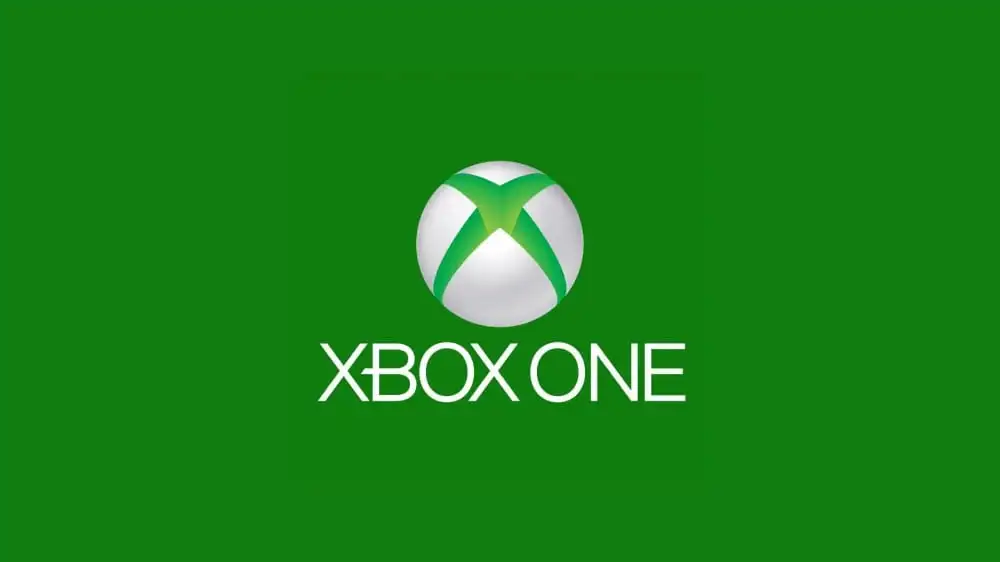Today Microsoft’s Xbox Division head Phil Spencer talked at the Barclays 2018 Global Technology, Media and Telecommunications Conference, providing more information about how the company sees studios acquisitions and relationships with third parties.
The interviewer mentioned that investors might think that Microsoft should acquire Electronic Arts because they have so much content, but that doesn’t appear to be necessary, and Spencer agreed:
“Yeah. If you watch the studio acquisitions we’ve done, we’re focused on creative teams that we think can build very interesting content to help the flywheel Game Pass grow and our platforms grow.
We’re probably less interested in management teams and infrastructure and things that we already have inside of our organization. And you can just look at the track record — we’ve added seven studios in six months — and if you look at them, I think you’ll see certain evaluations, but more importantly, the creative teams that we’re picking up, knowing that we can then plug them into a Microsoft infrastructure, an Xbox infrastructure to help those teams succeed, with more solid funding, alignment towards goals around Game Pass, reaching gamers everywhere, and we don’t have to pay for some of the things that some of the bigger publishers have, that we probably already have under our roof.
So yeah. Our focus hasn’t been on going out and adding duplicative functions that we’d be paying for that I don’t think we need, but more how do we find the creative independent teams out there, and I feel really good about the path that we’re on right now.”
He then talked about the importance of the relationships with third parties, especially in relation to the upcoming Project xCloud:
“When I think about who I see as our long-term competitors in this gaming categories, I think you’re gonna see the big tech companies that Microsoft competes with in many different areas like Amazon has Amazon Game Studios which they had for a while, AWS has a very large workload in the gaming space. Google just started working on Project Stream and you can see the work that they’re starting to do to enter this category. Tencent is a huge gaming company…
So when I think about some of the strengths that we have as Microsoft, we have been in this space for almost two decades now. We have long relationships with the best content creators on the planet, and their content runs on our platform today.
We did some work early on to allow all of their Xbox games to work on today’s Xbox, and our fans love that feature. And it made a ton of sense in terms of we sold more games, we drove more engagement on the platform, that was great.
When you look at services like Project xCloud, then you start putting the math together and saying ok, now we have thousands of pieces of content from our partners. They’ve already built this content, and I can basically stream it to any player, anywhere, with any devices, which opens up a huge new market for them.
The Third-party relationships that we’ve built, not only the games that are under development today but the past two decades of games that they’ve built on our platform, we’re unlocking new business opportunities for that third-party content.
We know that our system really only works if third parties are monetizing well on our platform. Our first parties are important here, but the third-party relationships are a critical aspect, and we have strong business relationships with EA, Activision, Take-Two, Capcom, you can go through the whole list and we have a long, long relationship, and they have shipped thousands of pieces of content on our platform.”
That being said, first-party studios are also very important as a creative flywheel for Microsoft’s services.
“Our first-party content capability, as we’re building business models like Game Pass and adopting new services are really the creatives of the flywheel. We’re going to invest ahead of the curve in the markets that we see are getting creative, and subscription is a perfect example.
We’re obviously seeing subscription models in other forms of media that you can use as an example, but investing in your own content to attract players to your subscription service and the flywheel that gets created as you see millions of people coming into the subscription, and you invest to continue to get fresh new content there, is probably the most important thing in growing that service. “
Spencer also explained why Microsoft doesn’t need to make its own Fortnite:
“Fortnite having such huge success on our platforms is a perfect example of a strong platform, so I would start by saying, do we have the biggest games in the world shipping on our platforms natively? Did we have to do extra work to make that happen? We did not.
Epic who built this game… We all know there are tens of thousands of games in development as we sit here… Building a strategy around us being able to pick the ones that are going to be the hits is not a strong strategy. Us being a platform that all of the creators target and ensuring that when the successes happen they happen on our platform, is a good strategy.
The thing I love about Fortnite is that it happened on our platform. It happened on other platforms as well, but we were able to reap the benefits of Fortnite’s success without actually investing in Fortnite as a specific form of content.
Fortnite in a lot of ways looks like other games that are on the platform, and maybe somebody out there has a crystal ball for what makes one form of entertainment successful over another. That’s not our strategy. Our strategy is to have the best place for all creators to create their content, make sure that they have the monetization tools to go and drive a great business for us, and we’ll get our fair share of that through the business relationship that we have.
I see Fortnite as a massive success for us because it happened without us actually having to go do any special work to have it happen on our platform and the game monetized so well and found so many customers on our platform.”
Spencer also mentioned explained that the silicon used for Project xCloud is the same used for Xbox Consoles. It turns out that consoles have very compatible from a design perspective to blades in a server. They have high power, low prices, and more characteristics that work very well in a server blade.
Interestingly, he then talked about the silicon designed for the next-generation Xbox consoles.
“The thing that’s interesting for us as we roll forward, is we’re actually designing our next-gen silicon in such a way that it works great for playing games in the cloud, and also works very well for machine learning and other non-entertainment workloads. As a company like Microsoft, we can dual-purpose the silicon that we’re putting in.
We have a consumer use for that silicon, and we have enterprise use for those blades as well. It all in our space around driving down the cost to serve. Your cost to serve is made up by two things, how much was the hardware, and how much time does that hardware monetize.
So if we can monetize that hardware over more cycles in the 24 hours through game streaming and other things that need CPU and GPU in the cloud, we will drive down the cost to serve in our services. So the design as we move forward is done hand-in-hand with the Azure silicon team, and I think that creates a real competitive advantage.”
Spencer concluded by talking about the issue of latency while streaming games. He mentioned that he’s already streaming games while he’s on the road around the world, and the test servers for Project xCloud are still in Washington, but Azure has a global scale.
The datacenters will be close to places where people will want to play, and specifically places that aren’t reached today, for instance, Africa, India, and South East Asia. Putting the datacenters close to the players is how Microsoft will deal with latency alongside the “magic software solutions” that the company is working on.
If you want to read more at Phil Spencer’s latest insight, you can check out his opinion on why Microsoft is sticking with E3, and on the importance of injecting PC DNA in Microsoft’s Studios.




